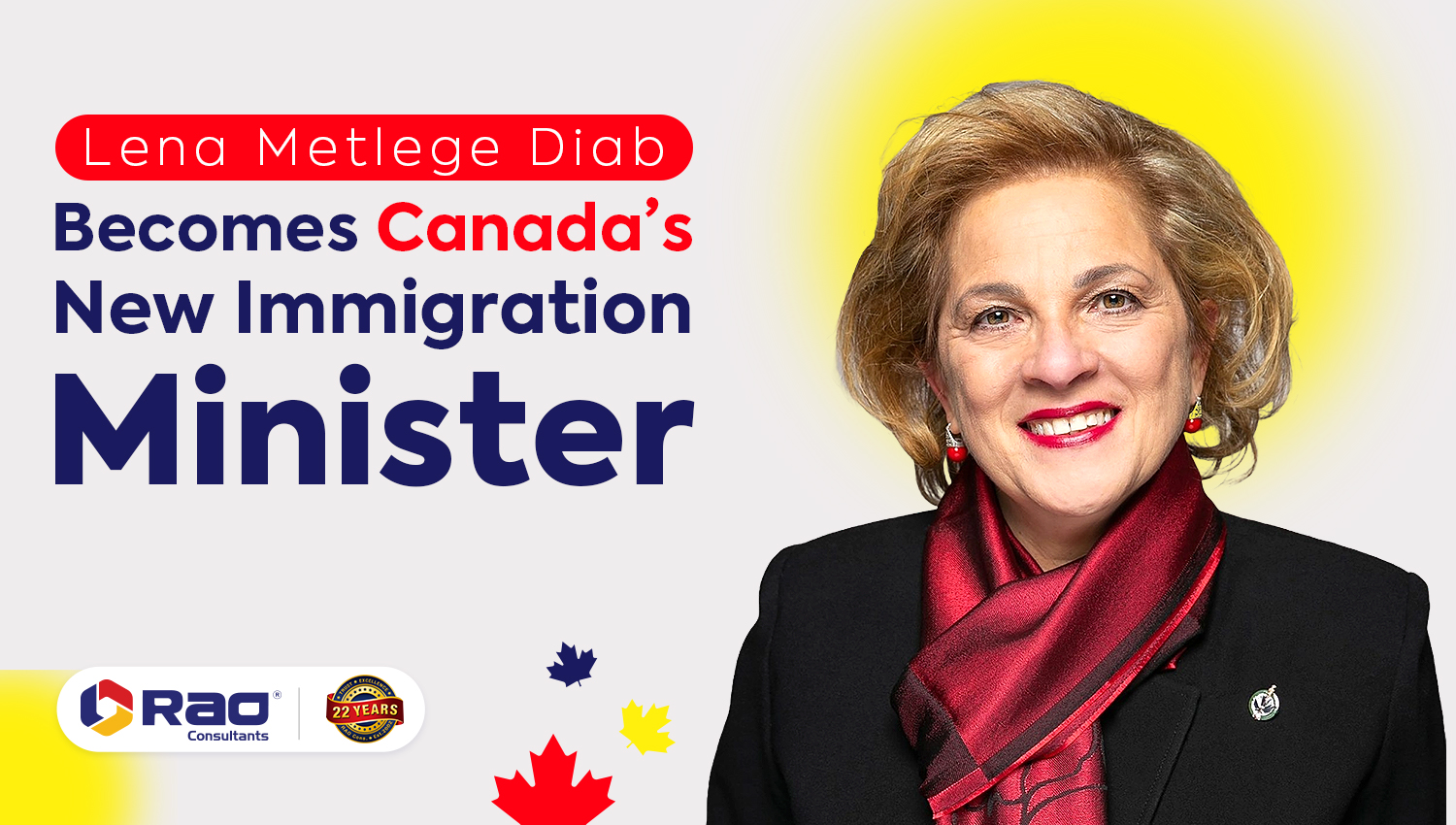News


admin
June 27, 2023
Express Entry Category-Based Draws: Exploring In-Demand Job Vacancies by Category
Analysing Statistics Canada Data to Unveil Job Vacancy Trends
In a quest to uncover the realms of opportunity withing the Express Entry System, aspiring immigrants and skilled workers eagerly seek answers to the burning question: “Which categories have the most job vacancies?”
Let’s delve into the captivating world of Express Entry Category Based Draws, unveiling the latest insights from the Canadian Immigration landscape.
The Express Entry System in Canada has introduced category-based draws that will run alongside general draws and program-specific draws. In general draws, the highest-ranking candidates are invited by Immigration, Refugees and Citizenship Canada (IRCC) to apply for permanent residence. Program-specific draws, on the other hand, limit invitations to the highest-ranking candidates based on specific programs.
Under the new category-based draws, IRCC will invite the highest-ranking candidates who possess strong French Language Proficiency or have Work Experience in Specific Fields. The categories targeted for these draws include:
- Healthcare
- Science, Technology, Engineering, And Mathematics (STEM) professions,
- Trades, (For e.g., carpenters, plumbers and contractors)
- Transportation, And
- Agriculture/Agri-Food.
Selection of the above categories:
The selection of these categories was based on the objective of filling vacant positions across Canada, as immigration is considered a vital solution to address labour shortages in the country. The selection process involved consultations with various:
- Stakeholders including Provinces & Territories
- Labour Unions
- Employers
- Worker Advocacy Groups
- Settle Provider Organizations
- Immigration Researchers & Practitioners
HEALTHCARE:
Healthcare has experienced a significant increase in job vacancies, particularly in the Healthcare and Social Assistance category, due to the impact of the COVID-19 pandemic.
To address this demand, Canada heavily relies on immigration to fill positions within its healthcare system.
In the fourth quarter (Q4) of 2022, there were 143,695 job vacancies in this category. The job vacancies per province were:
- Ontario: 55,250
- Quebec: 40, 105
- British Columbia: 17,705
- Alberta: 9,770
- Saskatchewan: 2,955
- Manitoba: 6,790
- Newfoundland: 2,250
- Nova Scotia: 4,780
- New Brunswick: 2,630
- PEI: 685
- Northwest Territories: 565
STEM:
Occupations in Science, Technology, Engineering, And Mathematics, have witnessed growing demand in Canada.
The Professional, Scientific, and Technical Services category, which includes many STEM occupations, had 56,915 job vacancies in the fourth quarter of 2022. The job vacancies per province were:
- Ontario: 24,525
- Quebec: 14,725
- British Columbia: 8,115
- Alberta: 5,515
- Saskatchewan: 895
- Manitoba: 630
- Newfoundland: 405
- New Brunswick: 595
- Nova Scotia: 1,110
- PEI: 200
The job vacancies for the territories are either unavailable or there are no job vacancies.
According to a November 2022 report by Statistics Canada, there is a rising demand for STEM occupations in Canada.
The combination of a significant number of retirements and the rapid advancement of technology and automation in various industries has resulted in a skills gap within Canada’s labour force.
STEM professions often provide competitive remuneration compared to other job categories.
In the fourth quarter of 2022, the average hourly wage offered for STEM occupations stood at $35.80, significantly higher than the average wage of $16.35 in sectors such as Accommodation and Food Services.
TRADES:
This category includes both wholesale and retail trades, that have also presented numerous job opportunities in Canada.
The total wholesale trades job vacancies reached 30,930, while the retail trades job vacancies amounted to 108,795 in the fourth quarter of 2022. The job vacancies per province were:
- Ontario: 55,660
- Quebec: 34,495
- British Columbia: 19,215
- Alberta: 15,545
- Saskatchewan: 4,665
- Manitoba: 3,025
- Newfoundland: 895
- New Brunswick: 2,155
- Nova Scotia: 3,065
- PEI: 520 (retail trade, no wholesale trade job vacancies)
TRANSPORT:
Transportation and warehousing exhibited 43,700 job vacancies in the corresponding quarter. The job vacancies per province were:
- Ontario: 15,110
- Quebec: 7,950
- British Columbia: 9,060
- Alberta: 6,445
- Saskatchewan: 915
- Manitoba: 1,915
- Newfoundland: 210
- New Brunswick: 720
- Nova Scotia: 1,055
- PEI: 115
AGRICULTURE AND AGRI-FOOD:
In Q4 2022, Agriculture, Forestry, Fishing, And Hunting had a job vacancy rate of 3.9% in the same period, with Ontario and Quebec leading in available positions. The job vacancies per province were:
- Ontario: 3,070
- Quebec: 1,950
- British Columbia: 2,475
- Alberta: 940
- Saskatchewan: 540
- Manitoba: 550
- New Brunswick: 720
- Nova Scotia: 425
- PEI: 130
Minister Fraser has emphasized that inviting skilled workers from these specific categories will contribute to the admission of in-demand professionals across various communities in Canada.
While the exact date for the commencement of category-based draws has not been announced, these draws are expected to start this summer, aiming to address labour market needs effectively.
You May Also Like

Canada’s Proposed Citizenship Bill: A Landmark Opportunity for the Global Indian Diaspora
Canada is once again reaffirming its image as one of the world’s most inclusive and forward-thinking nations with a historic new bill—Bill C-3, introduced on June 5, 2025—that seeks to restore and expand citizenship rights, especially for those known as the “Lost Canadians.” This reform, if passed, is expected to have a far-reaching impact, particularly […]
Read More
Lena Metlege Diab Becomes Canada’s New Immigration Minister
Lena Metlege Diab has been appointed as Canada’s new Minister of Immigration, Refugees and Citizenship. The announcement was made on May 13, 2025, as part of a cabinet change by Prime Minister Mark Carney. Diab takes over from Rachel Bendayan, who briefly held the role after Marc Miller. This new position puts Diab in charge […]
Read More
Anita Anand Becomes Canada’s First Hindu Woman Foreign Minister: A Big Step for India-Canada Relations
Anita Anand has made history by becoming Canada’s new Minister of Foreign Affairs. She is the first Hindu woman to take this important role, showing how Canada is becoming more diverse and inclusive. Her appointment could also help improve the relationship between India and Canada. Her Journey in Politics Before entering politics, Anita Anand was […]
Read More